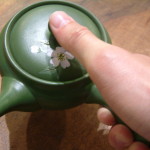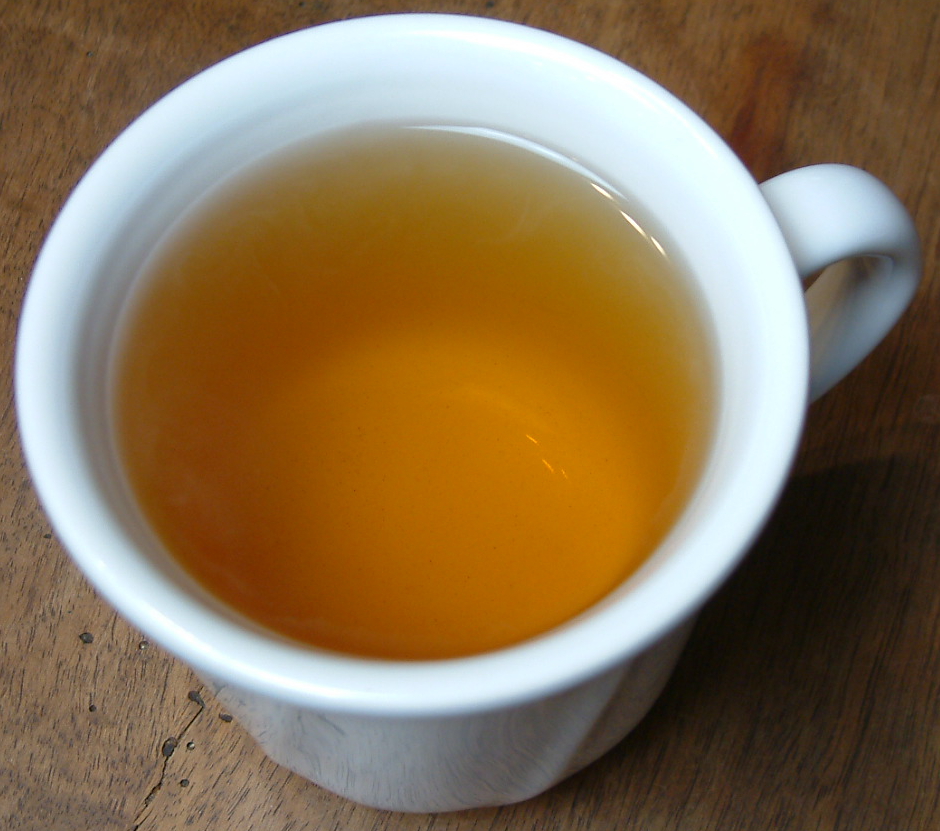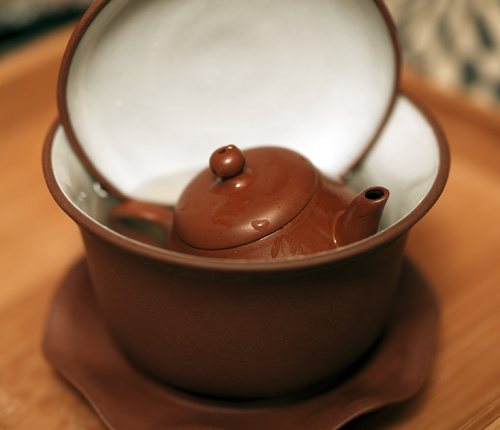When you find yourself really engrossed in tea, wine, cheese or other culinary item its not long before you’re searching for the right words to describe the taste and the differences between those items. Smell, texture, and appearance have a large impact on the overall experience and enjoyment of a food, though they impact the overall flavor experience. Taste comes from signals sent to the brain from the tongue itself. A recent article in the BBC reminded us of the role these receptors play, illuminates a bit more about how the brain interprets tastes, and discusses why we loose our sense of taste as we age.

Many of us were taught that there were only four tastes and they were detected in very specific places on the tongue.
Conventional Thinking on Taste
In the early 1900’s the German scientist D.P. Hanig developed the taste map which other scientists later endorsed, though in a form which appeared to show that vast parts of the tongue didn’t taste anything (Dowdy). According to the map the tip of the tip of the tongue could detect sweetness, the front sides detected salty, farther back on the sides the tongue could detect sour tastes, and finally the rear of the tongue detected bitterness. This was the way many of us were taught about taste in school and is still used when teaching taste in many books and on-line references. However, over the past 10-15 years there has been significant work to understand taste. Among other things, scientists have discovered (or perhaps just begun to acknowledge) that taste can be sensed from receptors all over the tongue.
The Five Tastes: Introducing Umami
Despite what we learned in school, it is generally accepted today that there are actually five tastes; sweet, sour, salty, bitter, and umami. While the first four are quite familiar to us all, it is umami that needs a bit of explanation for many. Also known as savory, umami is much more subtle than the other four tastes. Its is the other taste in foods that we often can’t quite put a finger on. Technically it is the taste of glutamate and ribonucleotides in foods. Umami is often found in meats and fish as well as some vegetables and dairy, notably tomatoes and shitake mushrooms. The term itself means “pleasant savory taste” and was coined back in the early 1900’s by Professor Kikunae Ikeda of Tokyo Imperial University.
More recently, researchers in France have suggested there might also be receptors for fat on the tongue, and according to an article in the New York Times there are researchers trying to isolate up to 20 other tastes that can be detected by our tongue (Smith).
New Research on Taste
On November 8, 2014 the BBC published the story “Brain’s taste secrets uncovered” which turned conventional thinking about taste on its head a bit and inspired this blog. The story in the BBC outlines the results of a new study in the US, and published in the journal Nature. In it, we learn that there are roughly 8,000 taste buds on the typical human tongue, some animals have evolved without the ability to identify certain tastes, and we get new taste cells every forty days or so thanks to stem cells on the tongue.
The meat of the article illustrates how scientists took a close look at taste buds noting that all taste buds can sense the range of the five (at least) tastes, yet specialized receptors within each taste bud pick out the chemical compounds relating to sweet, salty, sour, bitter, and umami. These receptors, in turn, signal specific parts of the brain for each of the different tastes. The rejuvenation process for creating new taste cells every 40 days or so becomes less efficient as we age impacting our taste and raising interesting questions about how we could improve this experience in the coming years.
Implications for Tasting Tea
So how do we boil this back down to tea? Well, first of all, we need to dispel with the notion that certain areas of the tongue “own” the identification of sweet, sour, salty, and bitter. These tastes can be detected all over the tongue, yet some parts may be more attuned than others to each of them. Its also important to start to recognize umami. We can do this through practice with tea as well as by eating and noting the umami taste in other foods like meats, broth, and certain vegetables.
One of the teas most noted for its umami taste is loose leaf Japanese sencha tea. Take care to steep this with cooler water, around 170° to 185°. This will bring out the sweetness and umami of the tea without causing it to be bitter tasting. As you develop a taste for sencha you may wish to pickup a Kyusu instead of using an infuser or single serve tea bag. The slightly larger holes in a Kyusu allows some of the fine particles to pass through which serves to enhance the texture and mouth feel of this wonderful tea. Through practice you will be able to pick out the different taste components and move on to more in-depth descriptions of flavor.
Sources Cited
Brain’s taste secrets uncovered, by James Gallagher, BBC, November 8, 2014, http://www.bbc.co.uk/news/health-29912877
How Taste Works, Susan Dowdy, howstuffworks, http://health.howstuffworks.com/mental-health/human-nature/perception/taste3.htm
Beyond Salty and Sweet: A Budding Club of Tastes, by Peter Andrey Smith, The New York Times, July 21, 2014, http://well.blogs.nytimes.com/2014/07/21/a-budding-club-of-tastes










